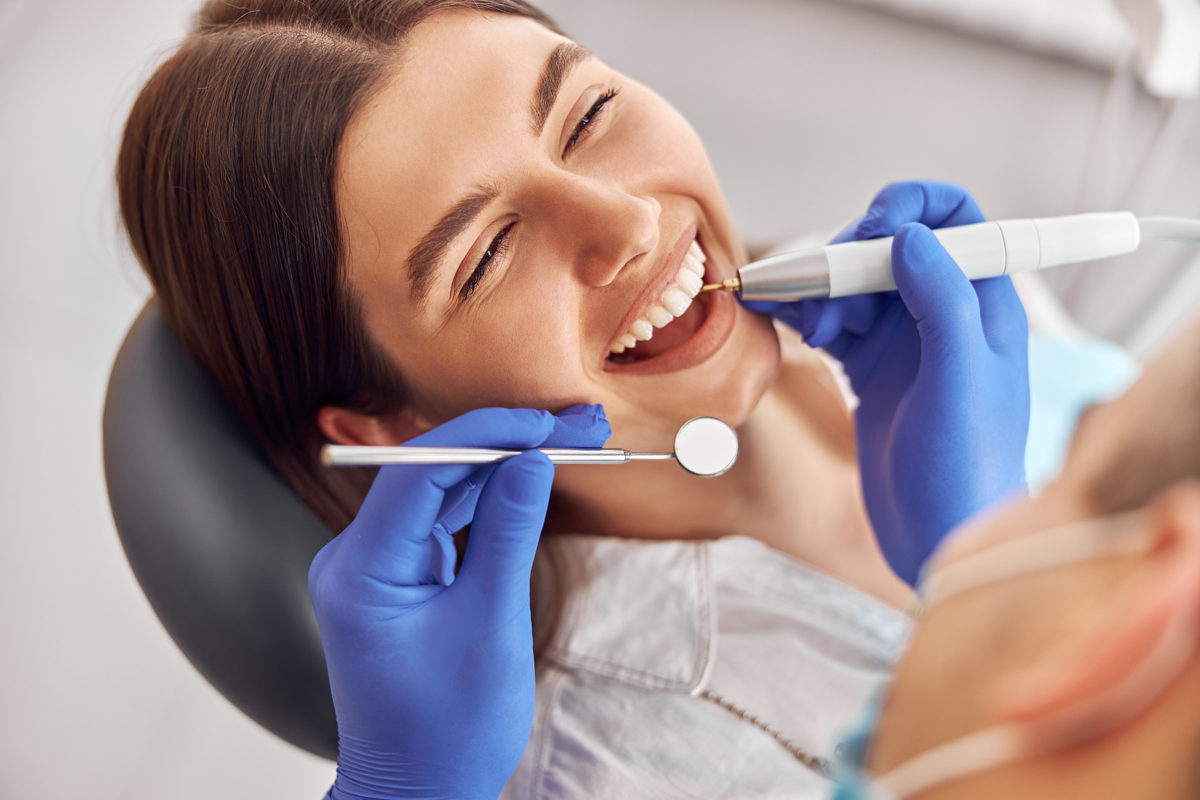Dentists – have you tried all of the topical anesthetics available through your dental supplier? Have any of them worked as well as you want them to? Do patients still complain that they can feel the needle or instrument when you are working? Topical anesthetics made by a compounding pharmacy can have higher concentrations of ingredients in combinations that are not available from your dental suppliers.
Compounded topical anesthetics are now more popular as many dentists realize how they can improve the patient’s experience. Topical anesthetics provide numbing to the oral mucosa for any type of instrumentation or cleaning. They can be used prior to an injection of local anesthetic to reduce the sensation of the needle. Oral procedures and orthodontic placements can benefit from the use of a compounded topical.
A compounding pharmacy can make any combination of anesthetics in any concentration. As long as the dosage ranges are within what is safe and effective and the ingredients are available in an approved form a compounding pharmacy can make it. However standardized formulations exist that have been researched and proven to be effective and safe. These formulations, like TAC 20 gel and Profound gel, have stability studies for compounders and years of use by dentists.
What is TAC 20?
TAC 20 is a compounded topical formulation that includes a combination of anesthetics (tetracaine, lidocaine, and phenylephrine). It has been used in various forms for many years. As a topical formulation it has been used in emergency departments and other clinics to quickly numb a patient after an injury. However other formulations like LET may now be preferred in these settings for non-infiltrative anesthesia.
The TAC formulation that has been used in laceration repair and includes the ingredients that provide the acronym T-A-C is: 0.5% tetracaine, 1:2,000 epinephrine (adrenaline), and 11.8% cocaine. LET contains 4% lidocaine, 1:2,000 epinephrine, and 0.5% tetracaine. For dentistry, compounding pharmacies make an alternative formulation with 20% lidocaine, 4% tetracaine, and 2% phenylephrine. This excludes the cocaine which has fallen out of favor as an anesthetic ingredient due to its addictive potential and potential for misuse.
TAC 20 in the alternate formulation found a new use in dentistry as an all-purpose numbing agent. Many procedures, cleanings, and instrumentation that are a part of a regular dental visit may be painful or uncomfortable for patients. This product can provide a deeper anesthesia than typical OTC anesthetics (although not as deep as infiltrative local anesthetic). The benefits to the patient are a more comfortable dental visit and less anxiety. Dentists and dental hygienists can do their job more effectively with a patient who is not experiencing discomfort.
Why Compounded Topical Anesthetics?
Topical anesthetics with multiple ingredients are not widely available. There are a few available from dental suppliers that may contain a combination of lidocaine and prilocaine. However the TAC 20 formulation (as well as Profound) must be made by a compounding pharmacy. Typically, a 503A compounding pharmacy, which is the most common form, requires prescriptions. This is a requirement per FDA and many state boards of pharmacy. Another type of compounding pharmacy, which is less common, is a 503B pharmacy. These pharmacies act more like manufacturers and do not require prescriptions.
If you are finding that patients are not getting a profound anesthesia from the typical formulations like benzocaine 20% that are available, a compounded topical may be an alternative. Anxiety about visiting the dentist is often related to the pain that patients associate with dental treatments. Making the visit pain free can improve patient compliance with their treatments and ensure they return to your office.
How are Compounded Topical like TAC 20 Gel Used?
Compounded topical anesthetics tend to act very quickly – usually within 30 seconds. After 2-3 minutes they reach their maximum efficacy without producing tissue sloughing. At this point the topical should be completely removed from the application area. When applying the topical gel, the area should usually be dried with gauze first.
Studies that included interviews of dentists have found that the majority use some type of topical anesthetic in their practice. In one study of 3,051 pediatric dentists around 90% of dentists reported using topical anesthetic. The major patient complaint with the topicals was the taste. Our pharmacy makes compounded topicals in a variety of flavors to improve their palatability. These include grape, mint, strawberry, and pina colada.
Interestingly, anesthetics have been shown to not only numb the oral mucosa but to kill bacteria. Their antiseptic properties may be beneficial in reducing the risk of bacterial infection during oral procedures. Most of the research on the antibacterial effects of anesthetics has been done using infiltrative local anesthesia. However it is possible topical anesthetics could have similar effects. Further research is needed to explore this mechanism in topical anesthetics further.
How Can You Buy TAC 20 Topical Anesthetic?
TAC 20 gel topical anesthetic can be compounded by National Pharmacy and shipped to your office with a prescription for an individual patient. Our compounding pharmacy will make the anesthetic gel or ointment in the flavor of your choice using the highest quality ingredients. To learn more, contact us today to speak with a customer representative or a pharmacist.
Articles
Local anesthesia in pediatric patients: topical TAC versus lidocaine – Annals of Emergency Medicine
Principles of Office Anesthesia: Part II. Topical Anesthesia – American Family Physician
The efficiency of topical anesthetics as antimicrobial agents: A review of use in dentistry – Journal of Dental Anesthesia and Pain Medicine

